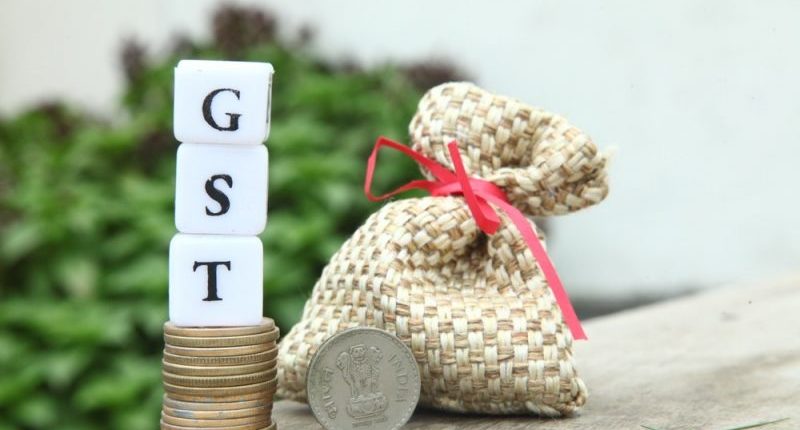Budget 2021 has amended Section 16 of the CGST Act, through the Finance Bill. According to the change, a new condition is added as clause (aa) under Section 16(2) for ensuring genuine Input Tax Credit (ITC) claims. Recipients of supplies can now claim ITC only against invoices and debit notes which find a place in their suppliers’ GSTR-1 and communicated to them in GSTR-2A or GSTR-2B.
The Finance Bill is yet to be passed, and therefore, the amendment has not been notified by the CBIC for the effective date of implementation. However, it’s implementation can impact the taxpayers along the supply chain.
The existing conditions state that a taxpayer will be eligible to claim tax credit upon receiving the goods or services. Further, the tax invoice or debit note must be on hand while claiming the ITC. The tax must have been deposited to the government, either as ITC or cash payment. He must have filed GST return in form GSTR-3B under section 39.
With the fifth condition added in the section, the ITC claims will become more restrictive. From a date yet to be notified, the taxpayers can claim the input tax credit on documents reported in their supplier’s GSTR-1 and found in their GSTR-2A and GSTR-2B.
The CGST rule 36(4) provides a provisional credit claim for recipients or buyers. It allows the taxpayer to claim 105% of eligible ITC appearing in Form GSTR-2A or GSTR-2B. Hence, the 5% additional claim is without the backing of any invoice or debit note document, allowed every month to the recipient. Further, it has been a month since the provisional ITC was also restricted from 10% to 5%. It is not clear how the change in provision will alter this rule. Whether the rule will be removed entirely or necessary provision providing a relaxation will be inserted is not known.
The insertion of this condition in the Act will further restrict the genuine ITC claims if their corresponding suppliers are not compliant. While we can notice that the government is taking all legislative measures to ensure that the recipients claim only genuine ITC, non-reporting of invoices in GSTR-1 must not be a blocker. In other words, there must be enough legal provisions in place to ensure that GSTR-1 is being submitted on a timely basis as well.
We can currently see that the law is taking all steps to ensure that tax is being paid through GSTR-3B. There is no law in place that motivates the taxpayer to file GSTR-1, except for the levy of a late fee currently charged at reduced rates. Facilities are also provided on the government portal for buyers and suppliers to interact with each other for any pending uploads or wrongful information uploaded.
Here, there is an additional burden on the recipient taxpayers to ensure their timely ITC claims. They may have to nudge their suppliers to upload the pending documents on time. Along with imposing higher penalties, simplifying the user experience for GSTR-1 filing on the government portal is also essential.
The introduction of the Invoice Furnishing Facility (IFF) under the Quarterly Return and Monthly Payment (QRMP) scheme was a boon for many. Earlier, the GSTR-1 was being filed once in every quarter. However, with IFF, the taxpayers under the QRMP scheme can file sales invoices or debit notes monthly to pass on the credits.
The drawback is that IFF is optional and hence the decision about invoice upload every month, may vary from each quarterly filer. If a taxpayer does not choose the IFF, it may, in turn, hurt their buyers in passing on the tax credit. The government must bring with it a robust solution for this.
To conclude, the government is still experimenting with the GST system despite its completion of three years. The taxpayers’ reconciliation issues when it comes to GSTR-1 may be due to auto-population of data from e-invoice portal and e-way bill portal. The government should introduce more legal provisions for timely filing of GSTR-1.
For any clarifications/feedback on the topic, please contact the writer at annapoorna.m@cleartax.in
Annapoorna, popularly known as Anna, is an aspiring Chartered Accountant with a flair for GST. She spends most of her day Singing hymns to the tune of jee-es-tee! Well, not most of her day, just now and then.





